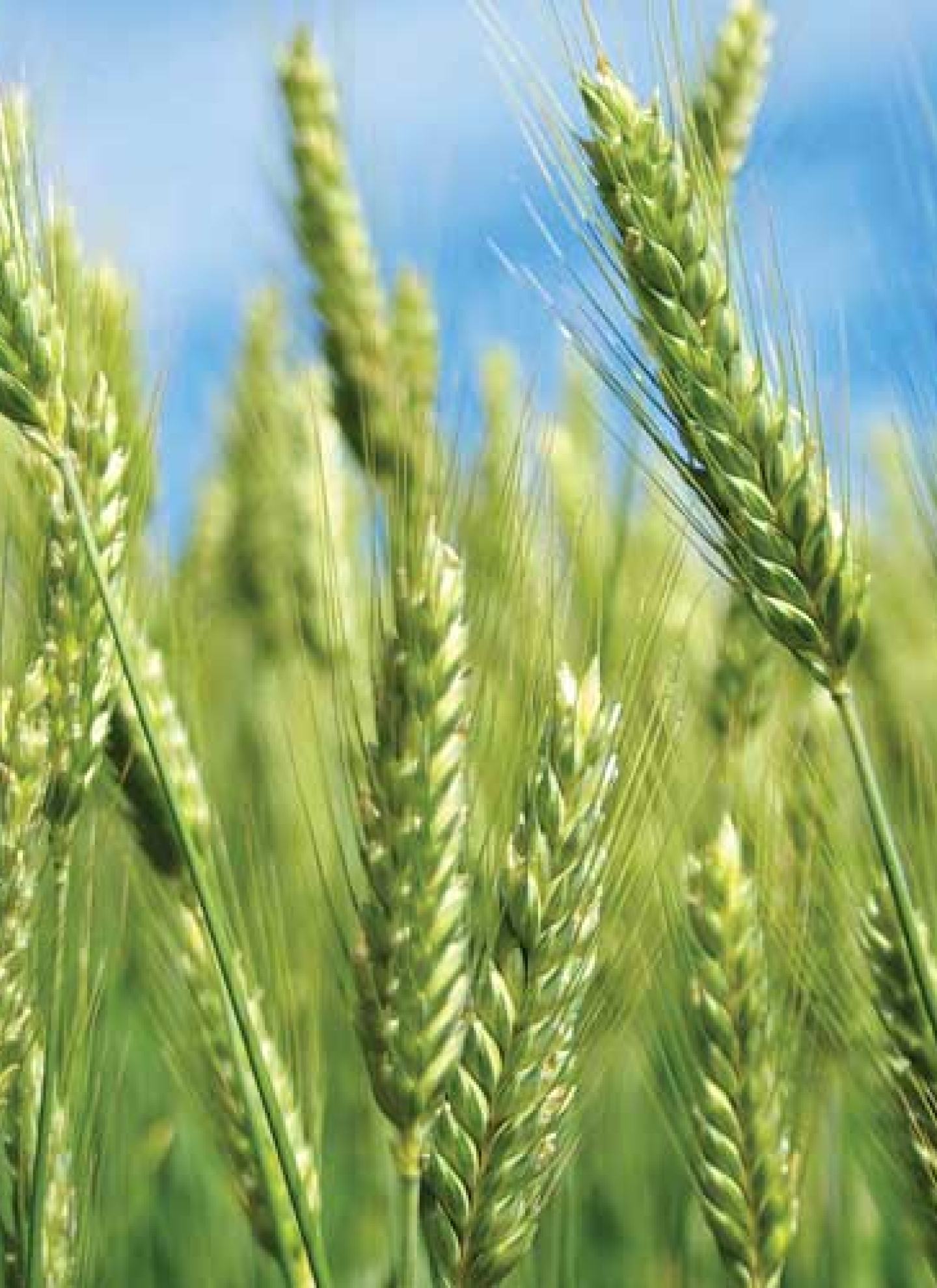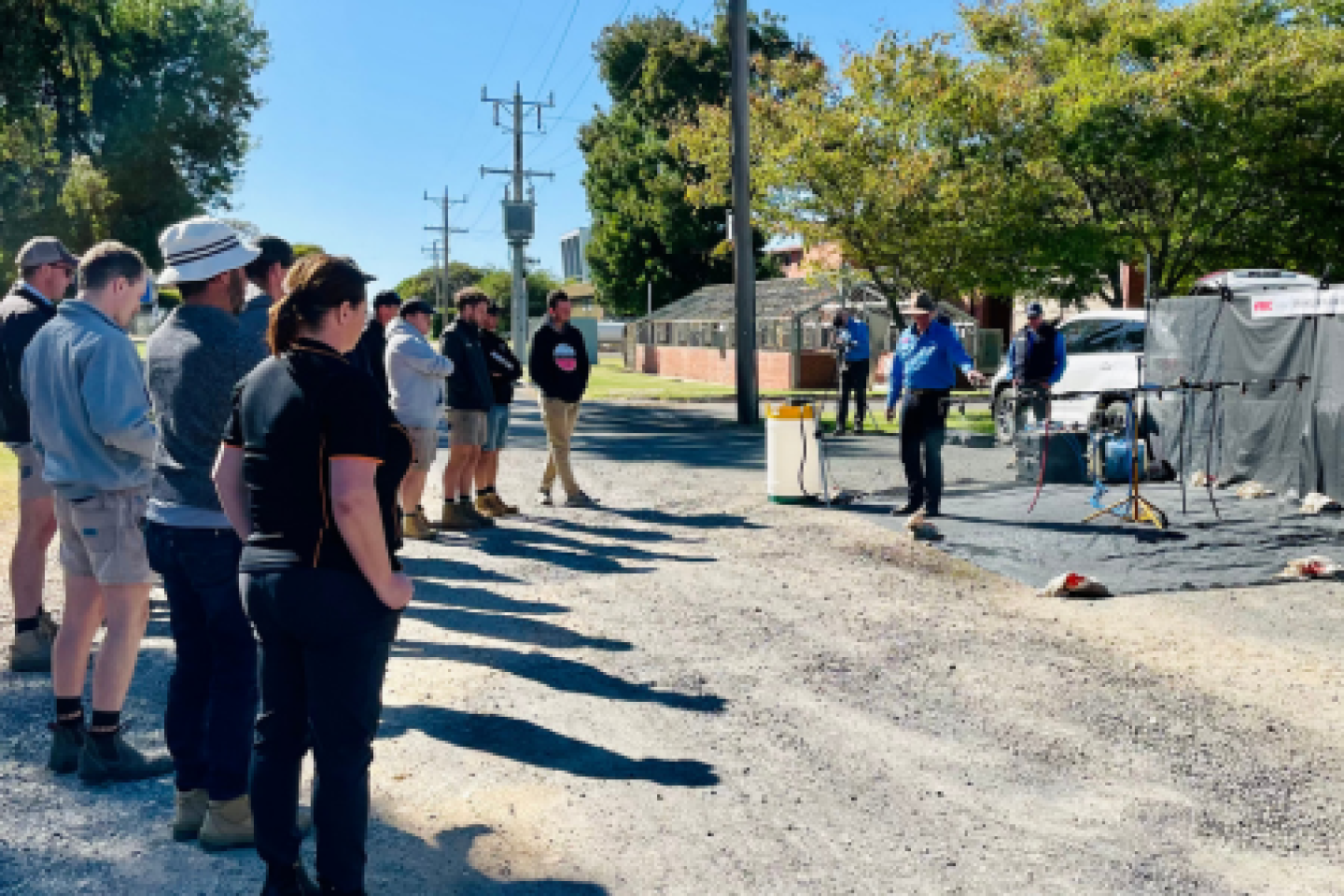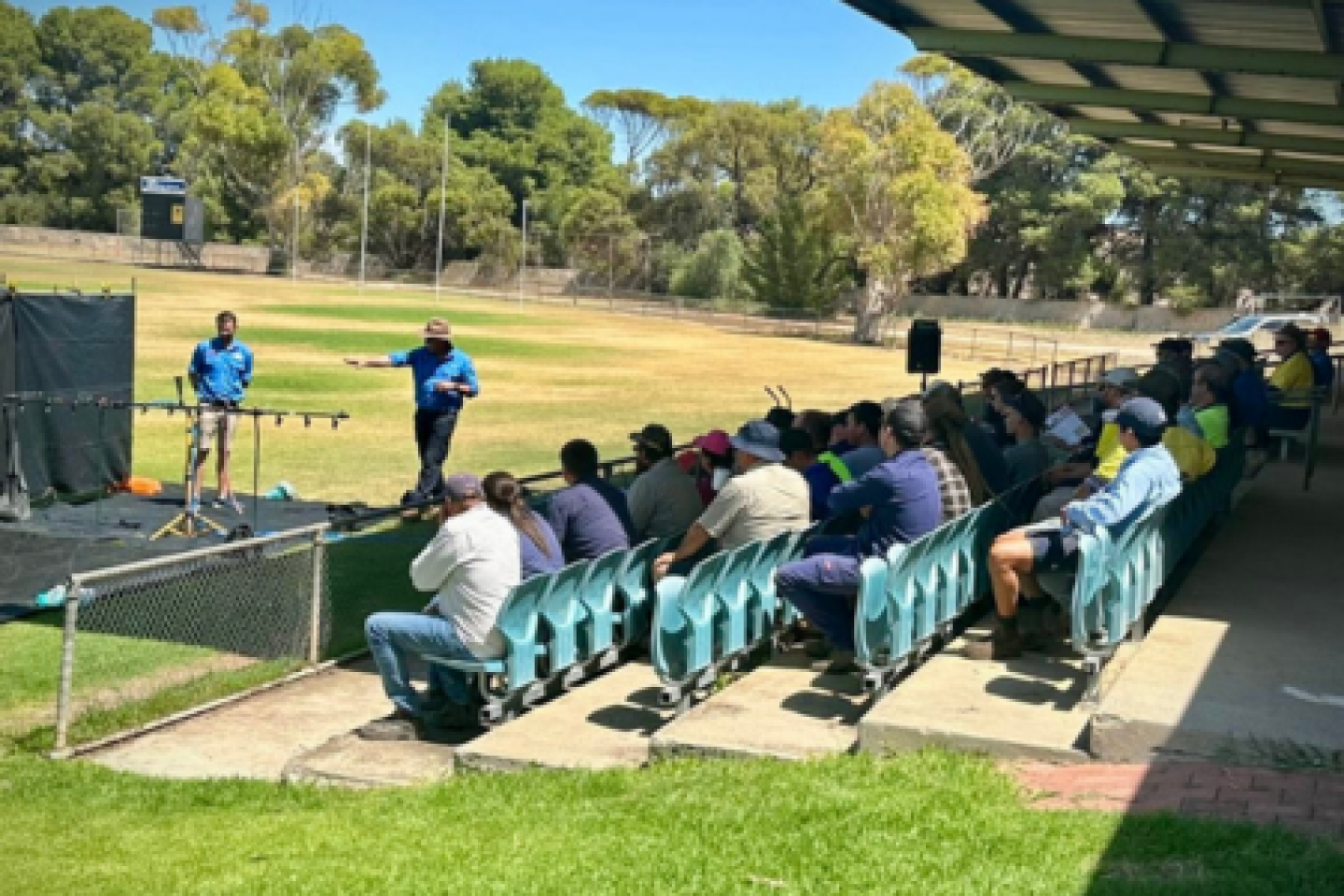If you’d invested as much time, money, and passion in rejuvenating your farm as Richard Langley, would you risk that effort with some careless herbicide spraying?
Richard and Gail Langley farm in the Young district of NSW, with 627 hectares under a 65/35 mixed cropping/grazing regime.
‘Homestead View’ was purchased in 1984, and at the time was suffering soil quality decline with rising dryland salinity, a high water-table and substantial creek bank and gully erosion problems.
Richard set about restoring the landscape on Homestead View, along with ‘Gracelands’ which was purchased in 1992. The planting of eight-tree wide native vegetation strips became the central plank of the strategy. On Gracelands, more than 13km of contour banks were also removed throughout the paddocks and replaced with a crop stubble retention approach to better manage moisture and cross landscape water flow.
The Langleys have been so successful in turning things around on Homestead View and Gracelands, that they won the Silver Landcare Award for NSW in 1999, Conservation Farmer of the Year Award in 2003 and in 2014 at the ‘Carbon Cocky Awards’, Richard received the Outstanding Performance in Carbon Sequestration award, the Outstanding Innovation/Invention award and the Finalist award.
All of that invested passion is at the forefront of the Langley’s approach to maximising results from their wheat, canola and lupin rotation. With fleabane and milk thistle being the target summer weeds and annual ryegrass the main winter weed requiring herbicide management, the risk of fine droplet movement onto the native tree lines from a spraying event is ever present, but minimised by Richard’s very pragmatic approach to spraying.
Having recently upgraded to a self-levelling 36m Miller Condor GC self-propelled sprayer, for summer knockdown spraying he chooses Teejet’s AI 110 025 nozzles running at 4 bar pressure, operated at a boom height of 75 cm above the stubble and a travel speed of 19 km/h to give 72 L/ha.
This is a set-up that should deliver an extremely coarse spray quality according to the manufacturer’s nozzle guide, easily exceeding the APVMA requirements of a very coarse spray quality for the application of mixtures containing 2,4-D.
But because glyphosate 450 formulations are usually highly loaded with surfactants, they can “fine up” the nozzle spray quality by up to two spray quality categories, Richard takes the extra precaution of adding FMC’s tank mix adjuvant, On Coarse® DRA, to make sure he at least obtains that very coarse spray quality.
In fact, wind tunnel measurement of Richard’s spray set up, conducted by FMC, showed that the AI 110-025 nozzle delivers only a coarse spray quality at 4 bar when applying Roundup Ultramax with 2,4-D - significantly finer than the manufacturer’s rating with water - and not up to the very coarse minimum on which the APVMA downwind 2,4-D drift risk is calculated.
But the same wind tunnel work showed that with On Coarse® DRA in the mixture, the AI 110-025 did produce a very coarse spray quality.
A great result from the mid-January spraying of fleabane in a three-tonne canola crop stubble left after the late harvest experienced last season, showed that the knowledge Richard has gained has resulted in spraying success.
The sodden paddocks meant he couldn’t spray some sections, and these acted like an unsprayed control. The fleabane remaining in those sections showed the pressure and demonstrated the great result from 2L of Panzer 450, 700ml Amicide Advance and 0.25% v/v On Coarse® DRA.
When targeting at least a very coarse spray quality, Richard uses On Coarse® not only to ensure the nozzle isn’t fined up by the tank mixture, but also to maximise droplet retention by the weeds.
Water quality is just as important. Richard is also a keen advocate for using rainwater to spray with, using every square inch of roof space on his property to fill tanks totalling more than 0.33ML.
Aside from hardness - bores, dams, and creeks, and even some town water supplies, can contain a lot of bicarbonates, and these reduce the effectiveness of 2,4-D and glyphosate.
Richard has no need for ammonium sulphate nor an acidifier, and doesn’t have to worry about the bicarbonates taking efficacy from the herbicides because he uses rainwater.
With such a great result from his summer fallow spraying, Richard had no need to consider speed tilling options to clean up uncontrolled fleabane, a practice which can mix weed seeds deeper in the soil profile from where subsequent germination would be below any applied pre-emergent herbicide band.
All ryegrass control options remain open because he has preserved the soil structure.
The rains that continued throughout March reduced the spraying window, however, the annual ryegrass that came through was still able to be controlled by glyphosate with very coarse nozzles.
Marshmallow was also present, and control of this weed was well over 90% - achieved without the use of a group 14 herbicide.
With the results Richard got from his summer spraying, and his eucalypts remaining as healthy as ever, why would he consider any other approach?




